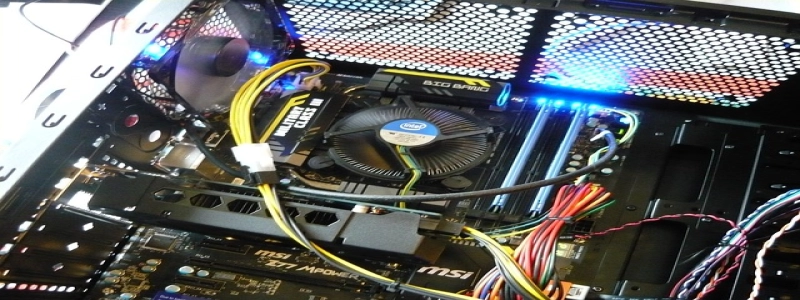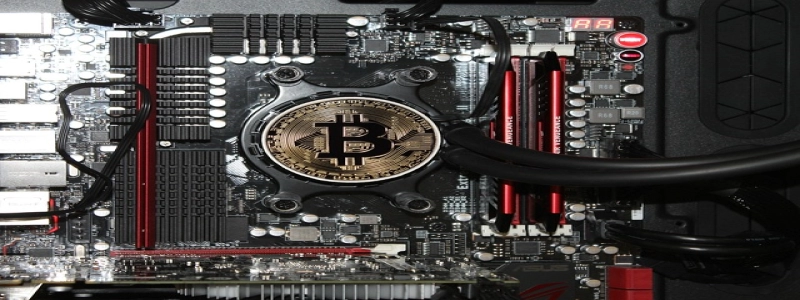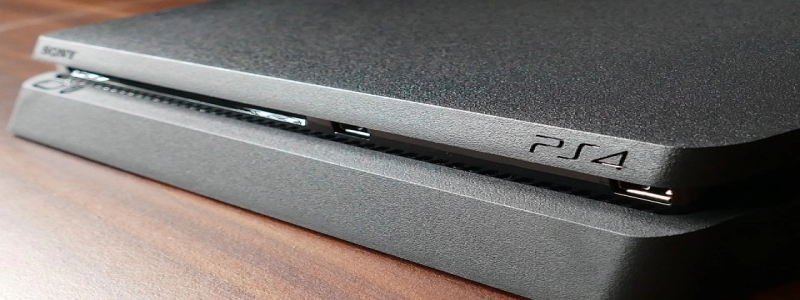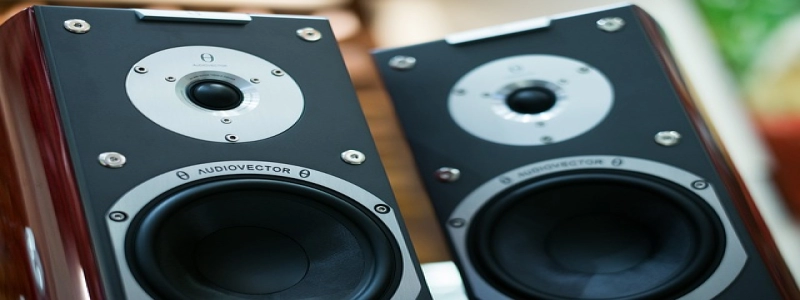Types of Automotive Electrical Connectors
Introduction:
Automotive electrical connectors play a crucial role in the functioning of various electrical systems in vehicles. These connectors are used to establish an electrical connection between two or more devices, enabling the flow of current between them. Different types of connectors are available in the market, each with its own unique features and applications. In this article, we will discuss some of the most commonly used types of automotive electrical connectors.
I. Blade Connectors:
Blade connectors, also known as spade connectors, are widely used in automotive applications. They feature a flat, rectangular blade that can be inserted into a corresponding female connector. The blade connectors are favored for their simplicity and ease of use. Moreover, they provide a reliable connection and are capable of carrying high currents. Blade connectors are commonly used in applications like headlights, motors, and power distribution systems.
II. Butt Connectors:
Butt connectors are used to join two wires together in automotive electrical systems. They consist of a metal tube with a nylon insulation cover. The two wires to be connected are inserted into the opposite ends of the metal tube, and a crimping tool is used to secure the connection. Butt connectors provide a strong and durable connection, ensuring a reliable flow of current. These connectors are commonly used in wiring harnesses and connections between electrical components.
III. Waterproof Connectors:
As the name suggests, waterproof connectors are designed to withstand exposure to moisture and ensure a reliable connection even in wet environments. These connectors feature a special seal or gasket that prevents water from entering and damaging the electrical connections. Waterproof connectors are commonly used in applications such as fuel systems, exterior lighting, and sensors.
IV. Bullet Connectors:
Bullet connectors are cylindrical in shape and consist of a male and a female connector. The male connector features a hollow metal tube, while the female connector has a corresponding metal pin. These connectors are easy to connect and disconnect, making them suitable for applications where frequent disconnections are required. Bullet connectors are commonly used in applications like battery terminals, ignition systems, and audio systems.
V. Deutsch Connectors:
Deutsch connectors are known for their ruggedness and reliability. These connectors are widely used in heavy-duty automotive applications, where they can withstand harsh environmental conditions and vibrations. Deutsch connectors have a pin and socket design, which ensures a secure and durable connection. They are commonly used in applications such as engine systems, HVAC systems, and transmission systems.
Conclusion:
Automotive electrical connectors come in various types and designs, each serving a specific purpose in vehicle electrical systems. From blade connectors to Deutsch connectors, each connector type offers its own advantages and applications. It is important to choose the right connector for each electrical connection to ensure a reliable and safe operation of the vehicle. Understanding the different types of connectors available will help automotive professionals make informed decisions when it comes to selecting the appropriate connector for a specific application.







